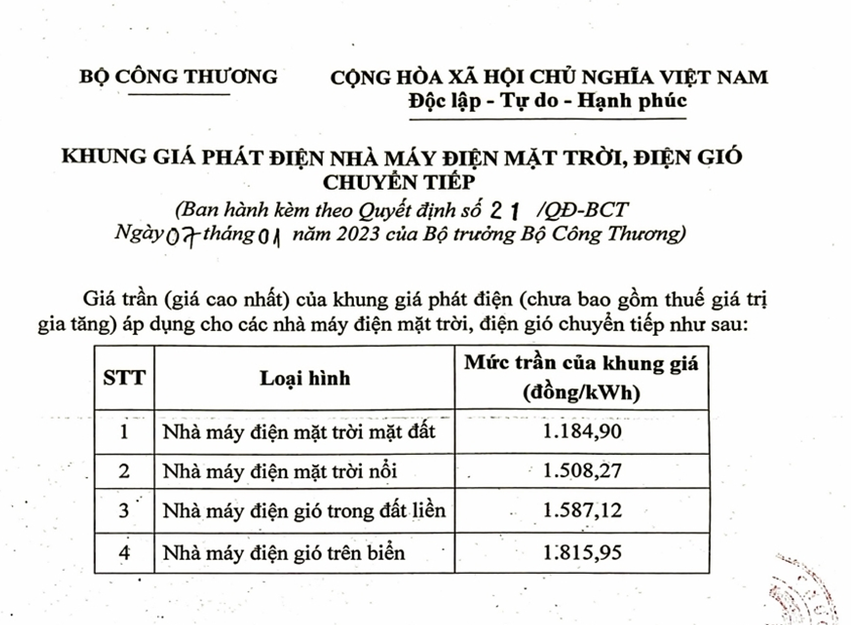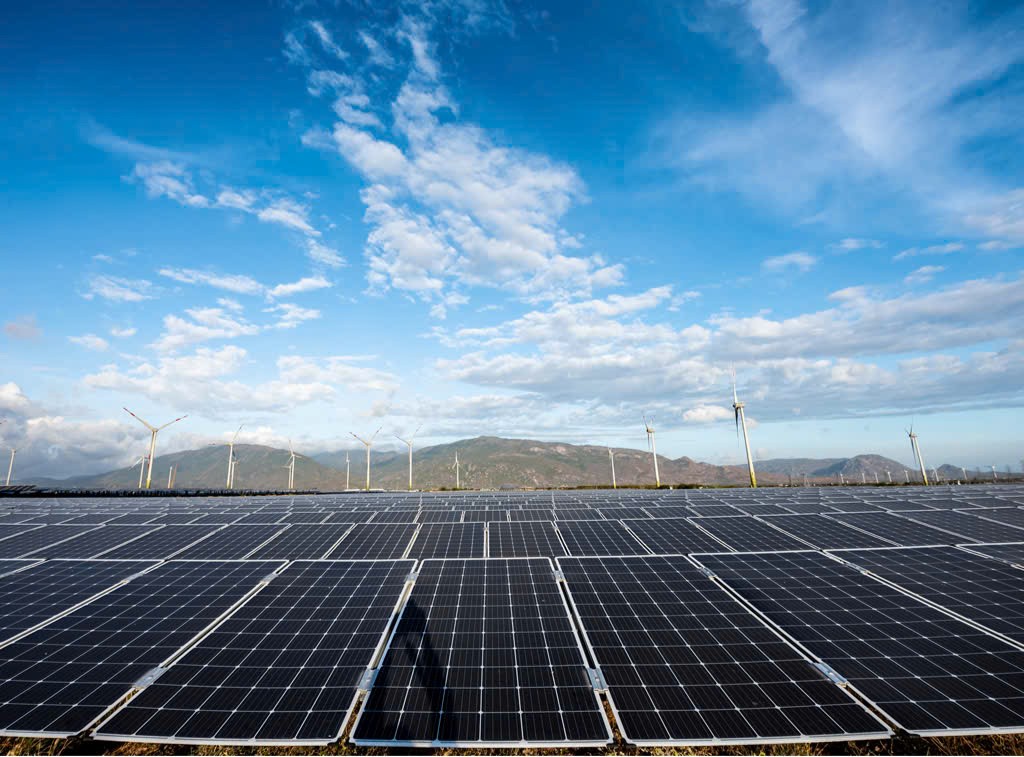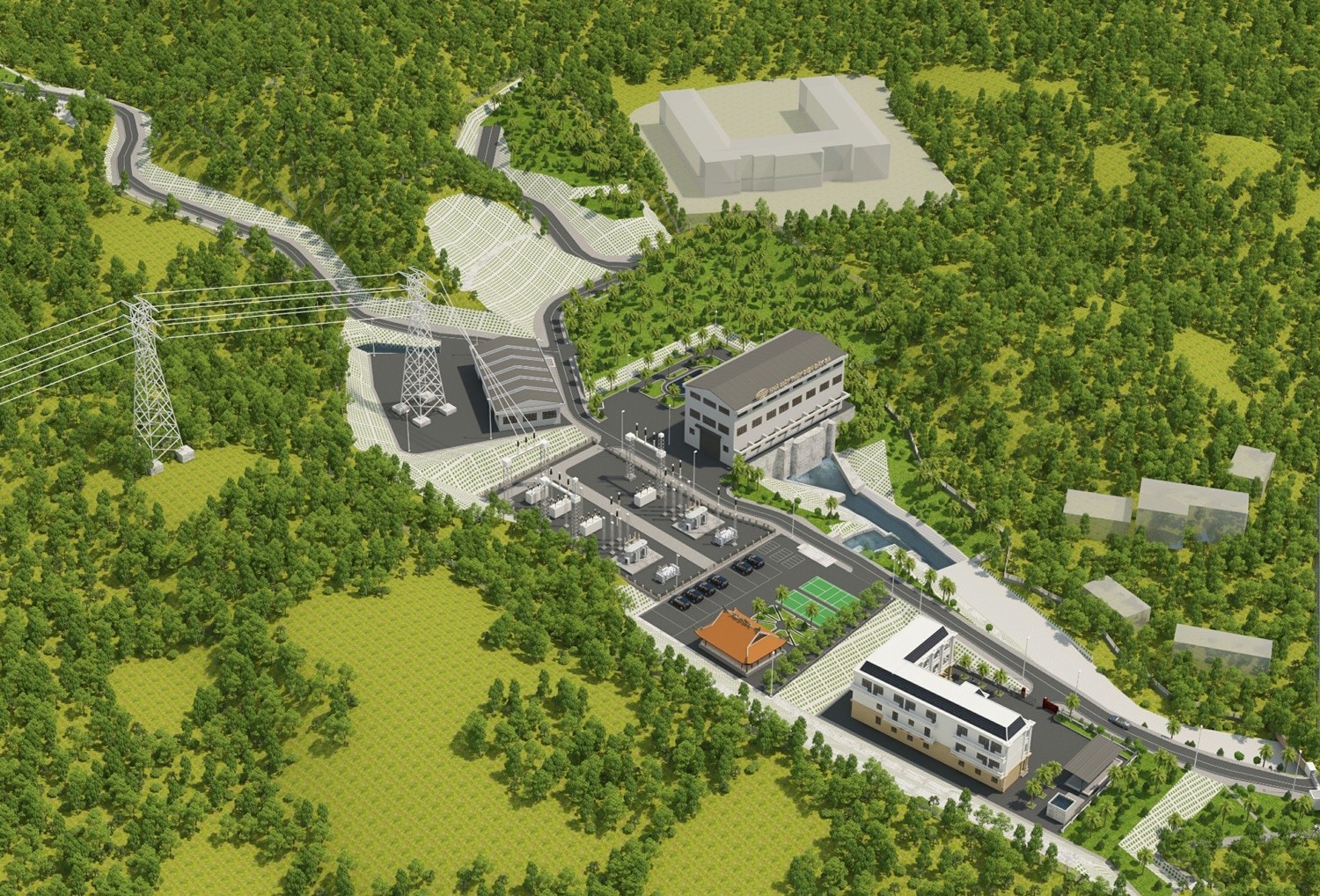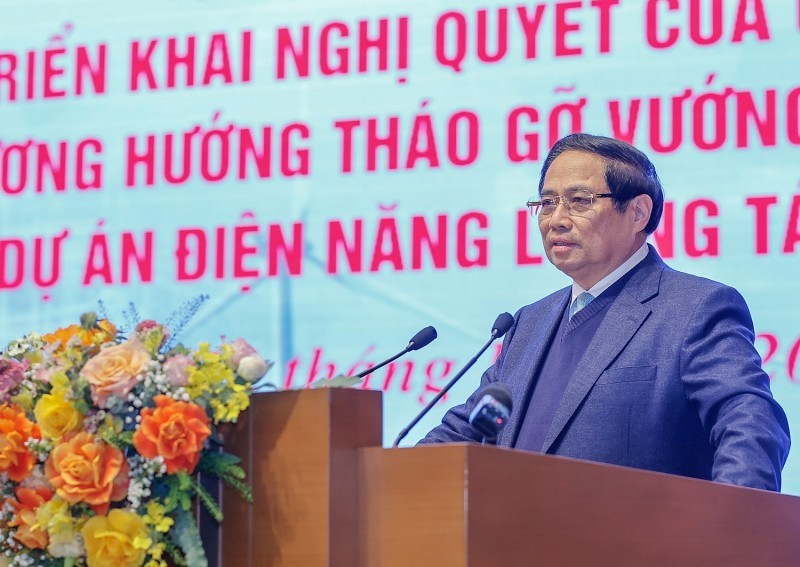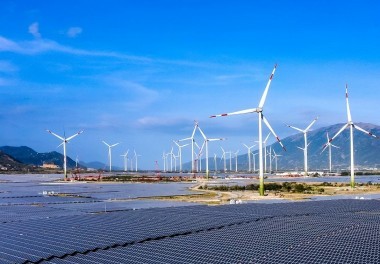New gust of interest as wind power tariffs rise
17:37 | 28/05/2014
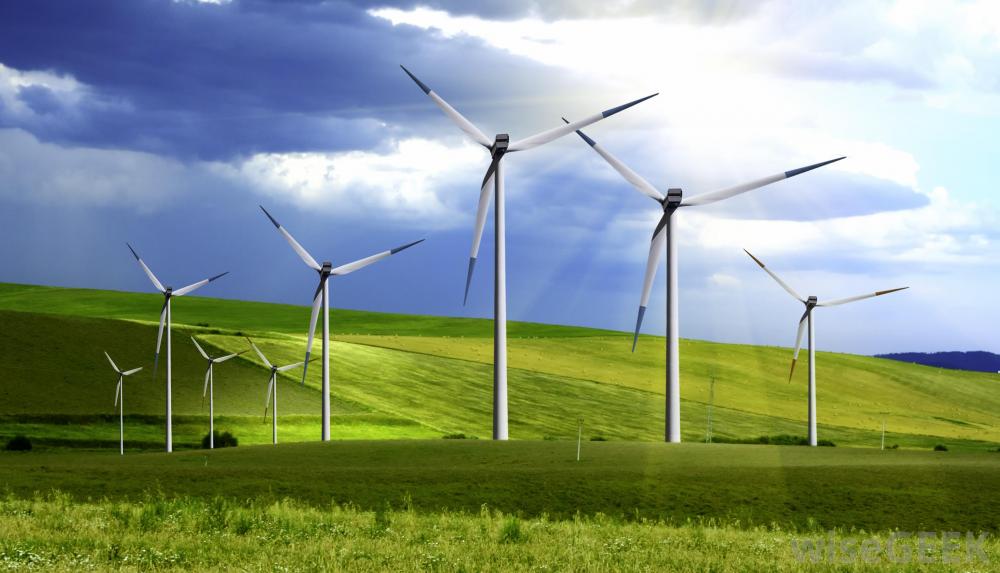
The adjusted feed-in tariffs for wind power projects could open the door
to greater interest from foreign investors
Director of the Ministry of Industry and Trade’s (MoIT) Renewable Energy Department, Pham Trong Thuc, made the announcement at a joint Vietnamese-French seminar on supporting the development of renewable energy held in Hanoi last week.
Thuc said that although Decision 37/2011/QD-TTg on wind power project incentives was passed in 2011, wind power still only accounted for 1.5-2 per cent of Vietnam’s overall power generation capacity.
“This year the MoIT will revise the Decision 37 to allow reasonable feed-in tariffs for wind power projects to attract investors,” said Thuc.
With a more than 3,000 kilometre-long coastline, Vietnam has giant wind power potential. The Vietnamese government is looking to attract scores of wind farm projects to produce 1,000 megawatts for the national grid by 2020.
Vietnam’s under-developed wind-power infrastructure has been ascribed to difficulties ranging from weather to technology, and, in particular, the high cost of investment and the cap on electricity prices.
According to the Institute of Energy, investors must spend $2,250/kWh for US and EU technology and $1,700/kWh for Chinese technology for a wind farm project producing 30MW. However, on average, the price for power generated by these projects is 10.68 US cents/kWh for the former’s technology and 8.6 US cents/kWh for Chinese technology. These figures include recouping capital and depreciation.
German Federal Enterprise for International Co-operation’s chief technical advisor Werner Kossmann told VIR that the current feed-in tariff in Vietnam of 7.8 US cents was too low to attract investors despite support mechanisms such as a 1 US cent/kWh subsidy from the Vietnam Environment Protection Fund, free land for projects and emissions reduction credits.
He also said that over the past few years many wind power projects had been registered, however, most of them remained on paper because power prices in the country were still set too low. He added that if the tariff was to increase to 10.2-12 US cents/kWh, dozens of projects would start moving forward.
Recently, Bui Quang Ngan, deputy director of the Central Wind Power Joint Stock Company explained that rising interest rates, plus input material price increases of 1.5-2 fold for wind power projects meant investors not only wanted, but needed an 11-12 US cent electricity tariff just to make a small profit.
Vietnam’s wind power industry is set to take off with 42 projects in the pipeline.
Source: VIR
Related news
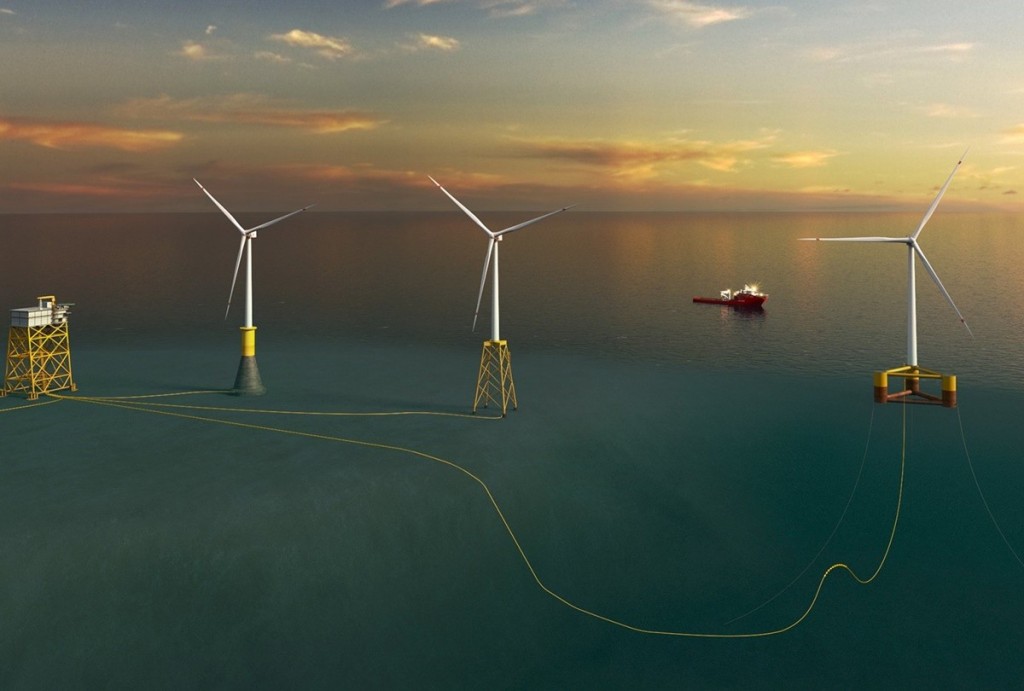
The Mitsui company wishes to participate in the pilot offshore wind power projects that EVN assigned
